1. Baby Tossing from Temples in India

In parts of Karnataka and Maharashtra, a century-old ritual sees babies tossed from the roof of a temple into a cloth held by people below. It’s meant to bring health, good luck, and a strong future to the child, and despite protests and obvious safety concerns, some villagers still take part in the ceremony each year shares the New York Times.
The babies usually fall around 30 feet, and although no major injuries have been reported recently, it’s hard not to cringe at the thought. Parents participate willingly, often smiling through the process, trusting tradition more than common sense. While the government has attempted to ban the practice, enforcement is patchy in remote areas. Elders claim it’s never failed them, which seems to be enough for younger generations to keep going. Outsiders usually find the ritual horrifying, but within the village, it’s a celebration. And for the locals, questioning it just isn’t part of the plan adds NBC News.
2. Finger Cutting in Papua New Guinea
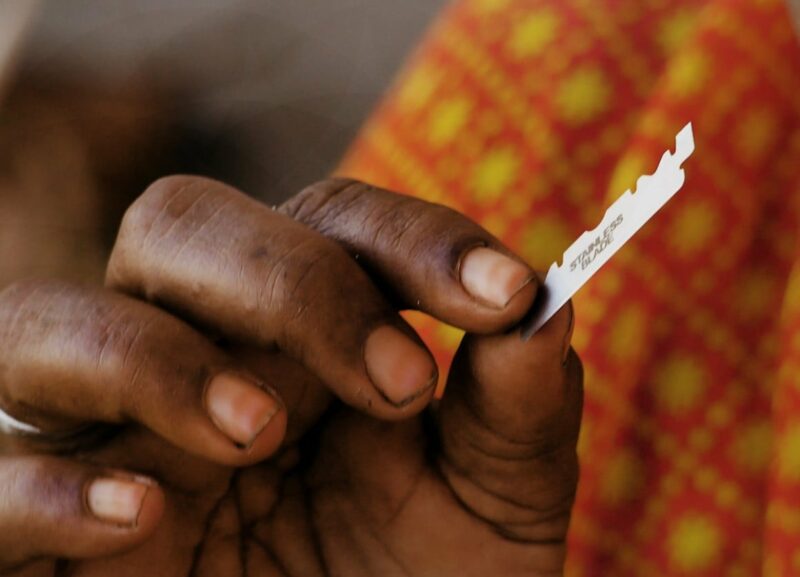
Among the Dani people in Papua New Guinea, grief over the death of a loved one used to be expressed by cutting off part of a finger. Women, in particular, were expected to amputate a section to show mourning, often using rudimentary tools like knives or even sharp stones shares Snopes.
The tradition was believed to ward off evil spirits and create a physical expression of emotional pain. Though it’s now officially banned, you can still spot older women with shortened fingers, evidence of just how common the practice once was. In some isolated communities, people quietly continue it out of respect for their ancestors. The ritual is deeply spiritual, and many say the pain helped them process their loss. It’s certainly not logical by modern standards, but for them, it’s a meaningful form of connection and closure. Explaining that to outsiders, though, rarely goes well explains the Daily Mail.
3. Living with the Dead in Indonesia
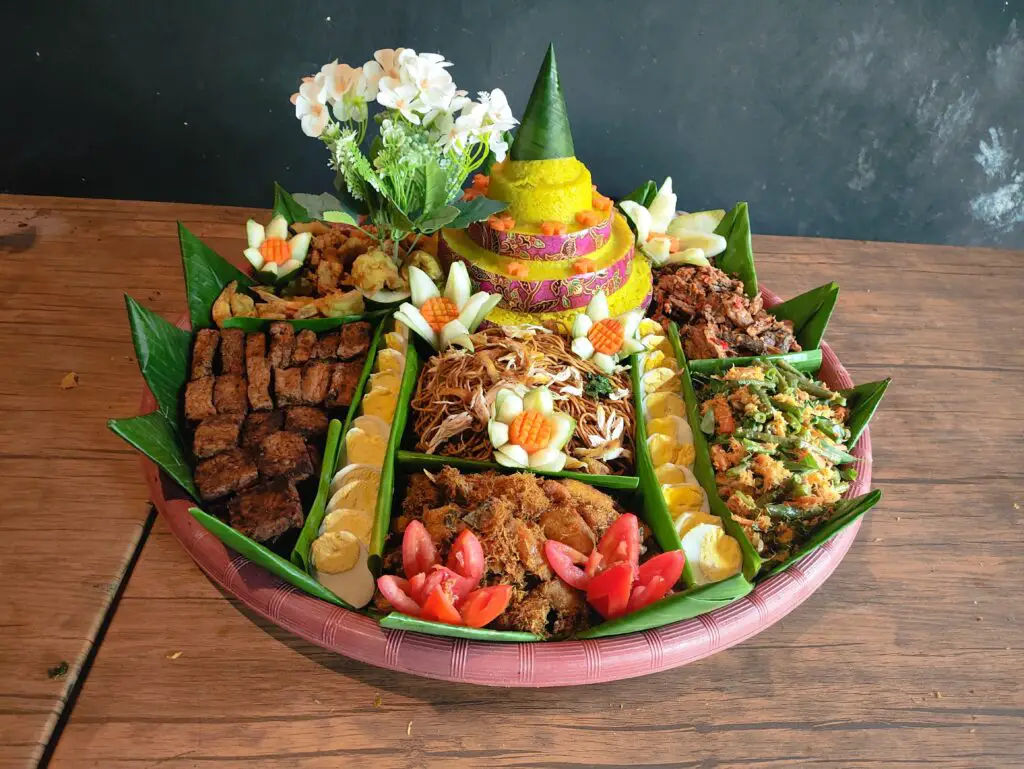
In the Toraja region of Sulawesi, Indonesia, death is not a goodbye, it’s just a really long pause. Families often keep deceased relatives in their homes for months or even years, treating them like they’re still alive—feeding them, dressing them, and talking to them daily.
It’s believed the soul remains present until an elaborate funeral can be arranged, and many save for years to hold the event. During this limbo period, the body is preserved with formaldehyde and kept in a special room. It might sound eerie to outsiders, but to the Torajans, it’s a sign of deep love and respect. Children grow up with the practice and often see it as completely normal. While the logic might feel upside-down to the rest of the world, here, death isn’t feared—it’s embraced, slowly and ceremonially.
4. Tooth Filing in Bali
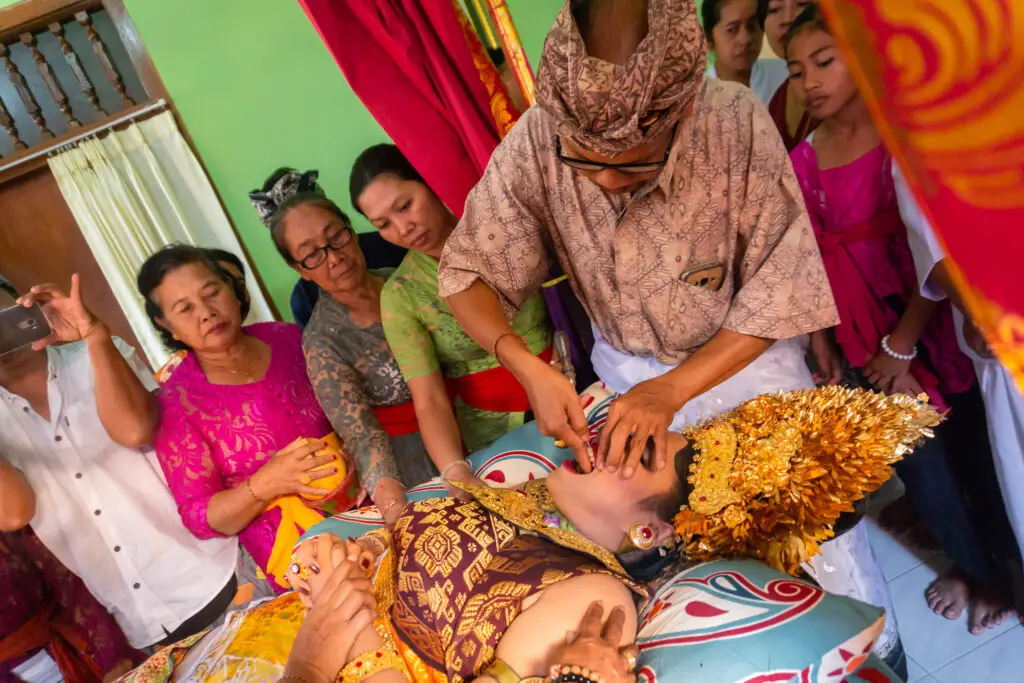
In Balinese Hindu culture, teenagers undergo a tooth-filing ceremony called metatah to rid themselves of six spiritual evils—desire, greed, anger, confusion, jealousy, and intoxication. The practice involves filing down the canine teeth so they look flatter, symbolizing the transition into adulthood.
The procedure happens before marriage and is usually done without anesthesia. While it’s not exactly painless, many young Balinese take pride in it, believing it brings balance to their soul. The tradition is still very much alive, especially in rural villages. Families often throw a party afterward to celebrate the milestone. To a foreigner, the idea of grinding down teeth in the name of spiritual purity may seem harsh. But for the Balinese, it’s a rite of passage that can’t be skipped.
5. Neck Stretching in Myanmar

The Kayan women of Myanmar are known for wearing brass coils around their necks, starting from a young age. Over time, the weight of the rings pushes down their collarbones, giving the illusion of an elongated neck, which is considered a sign of beauty and elegance.
Some women wear up to 25 coils, totaling more than 20 pounds. It’s an intense commitment, as the rings can’t be easily removed without causing discomfort or even injury. The origin of the tradition is unclear—some say it was to protect from tiger bites, others believe it was to make women less attractive to rival tribes. Today, it’s mostly a cultural identity marker. Logical? Not really. But for many women, it’s a source of pride, and they wouldn’t have it any other way.
6. Bride Kidnapping in Kyrgyzstan
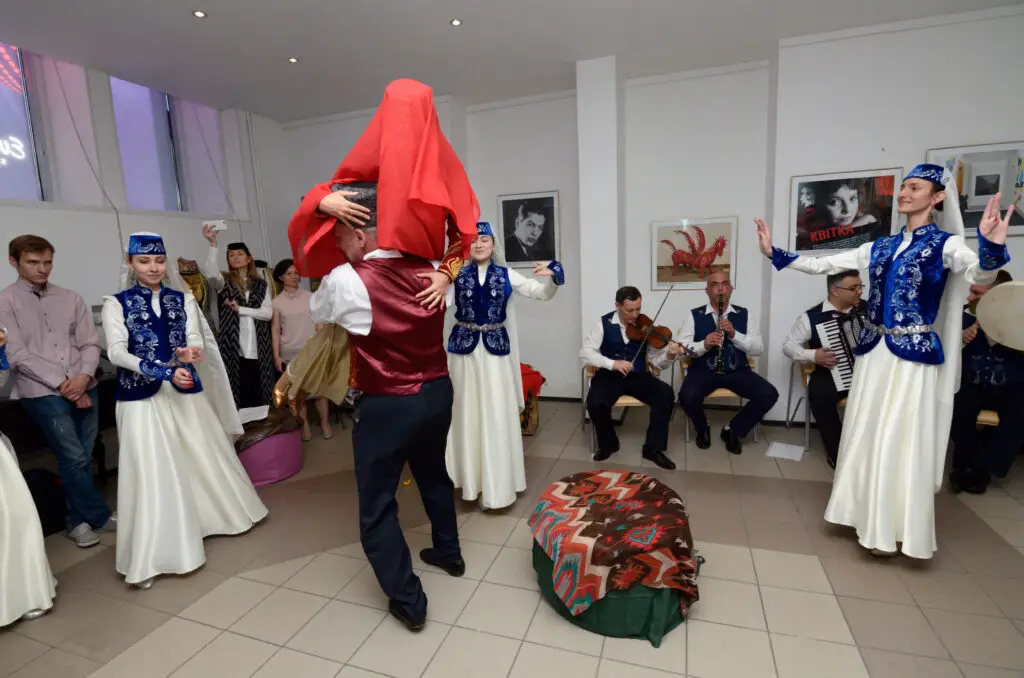
In some remote areas of Kyrgyzstan, the ancient practice of bride kidnapping still lingers. A man and his friends will sometimes abduct a woman—often with or without her consent—and bring her to his home, where the family tries to convince her to marry him.
It’s technically illegal, but enforcement is weak in rural regions, where the ritual is viewed as traditional rather than criminal. Families argue that it’s more symbolic now, claiming many women “agree” in advance, but stories of true abductions still surface. It’s baffling for outsiders to imagine forced marriage celebrated as custom. Yet within these communities, it’s seen as part of their heritage. Change is happening, slowly and quietly, but old habits die hard when they’re tied to identity. And in isolated places, the outside world can feel very far away.
7. Self-Mummification in Japan
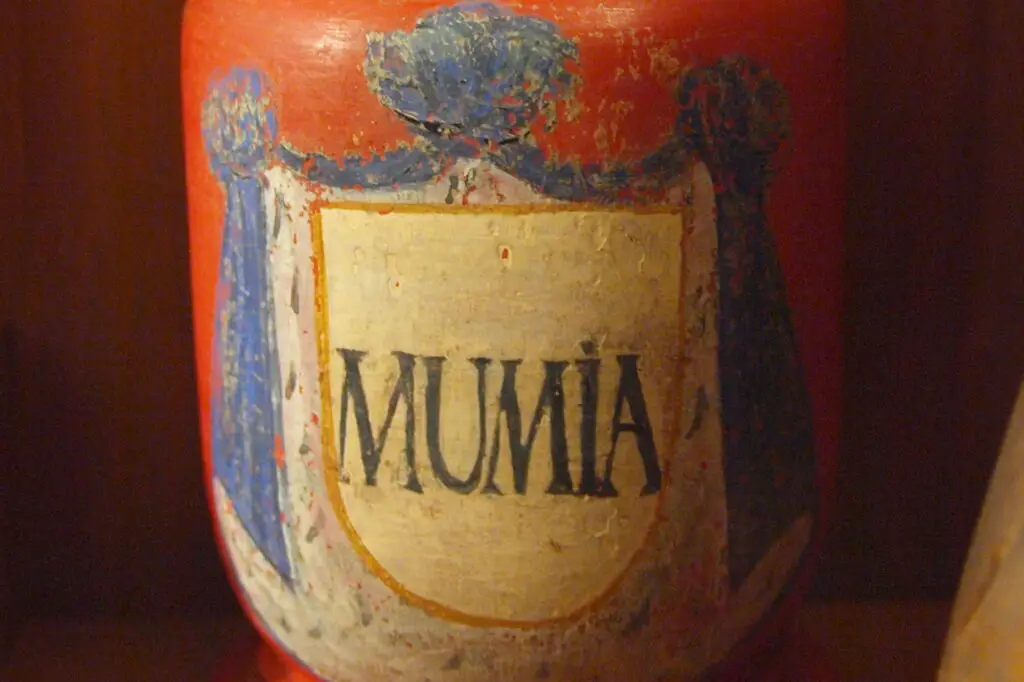
In northern Japan, some monks once practiced sokushinbutsu, a process of self-mummification. Over several years, they would eat a special diet to eliminate fat and moisture, then meditate to death in a tomb, eventually turning into a preserved relic.
This extreme path was believed to lead to enlightenment and spiritual power. The monks saw it as a final act of devotion, a way to overcome the physical and reach eternal peace. The government outlawed it in the 19th century, but a few dozen preserved monk-mummies remain today. The level of discipline and pain involved is staggering. To most of us, it seems like torture. But to those monks, it was a sacred journey worth every sacrifice.
8. Throwing Broken Dishes in Denmark

In some small Danish towns, New Year’s Eve involves throwing broken dishes at your friends’ doors. The bigger the pile, the more popular and lucky you’re considered. People save chipped plates and cups all year just for this occasion.
It might look like vandalism to a visitor, but locals see it as a warm gesture. It’s loud, messy, and entirely nonsensical, but it brings people together in a festive way. Cleaning up the chaos the next morning is part of the fun. There’s no deep spiritual meaning behind it—just good old-fashioned superstition. And sometimes, logic has no place when community and tradition come first.
9. Dancing with the Dead in Madagascar

The Malagasy people of Madagascar hold a unique ritual called famadihana, or “the turning of the bones.” Every few years, families dig up the remains of their ancestors, rewrap them in fresh cloth, and dance with the corpses during a giant party.
It’s a celebration of life, love, and family continuity, not a solemn event. The idea is to honor ancestors and stay connected across generations. To an outsider, it can seem deeply unsettling, but for the Malagasy, it’s an act of joy. Children are often involved, and there’s music, food, and laughter all around. The logic may be hard to grasp if you didn’t grow up with it. But in Madagascar, the dead aren’t gone—they’re just waiting to dance again.
10. Night Hunting in Bhutan

In rural Bhutan, a tradition called bomena involves young men sneaking into the homes of young women at night in hopes of finding a wife. If the woman accepts him, it could lead to marriage. If not, he’s quietly shooed away before the parents wake up.
The practice is seen as romantic in local folklore, though many now question its appropriateness. It’s been happening for generations and was originally a way to find love in villages with limited social opportunities. In some areas, it’s fading due to modern values and better communication. Still, a few regions keep it alive, cloaked in secrecy and nostalgia. Logical? Not quite. But tradition rarely follows reason.
11. Goat Tossing in Spain

In the small Spanish village of Manganeses de la Polvorosa, residents once honored their patron saint by tossing a live goat from a church tower. People below would catch the animal in a canvas sheet, and it was all considered part of a holy festival.
Animal rights activists eventually intervened, and the tradition is now mostly symbolic, using a stuffed goat instead. But for years, locals defended it fiercely as a form of spiritual expression. They insisted no goats were harmed, though that claim is debatable. Outsiders found the ritual shocking, but for villagers, it was just what you did every year. It wasn’t about cruelty, they said—it was about unity and faith. That mindset, more than the act itself, shows just how powerful tradition can be.
12. Bullet Ant Glove in Brazil

In the Brazilian Amazon, the Satere-Mawe tribe has a brutal initiation rite for boys entering manhood. They must wear gloves filled with bullet ants, whose sting is one of the most painful in the insect world. The boy has to keep the gloves on for several minutes, and he must do it more than once.
The ants’ sting causes intense pain, muscle paralysis, and sometimes hallucinations. Yet the boys endure it with pride, encouraged by their elders and cheered on by their community. The ritual is believed to instill strength, discipline, and courage. Scientific reasoning would call it dangerous and unnecessary. But to the tribe, it’s an unshakable badge of honor. And no matter how illogical it seems, it’s a test they wouldn’t trade for anything.
